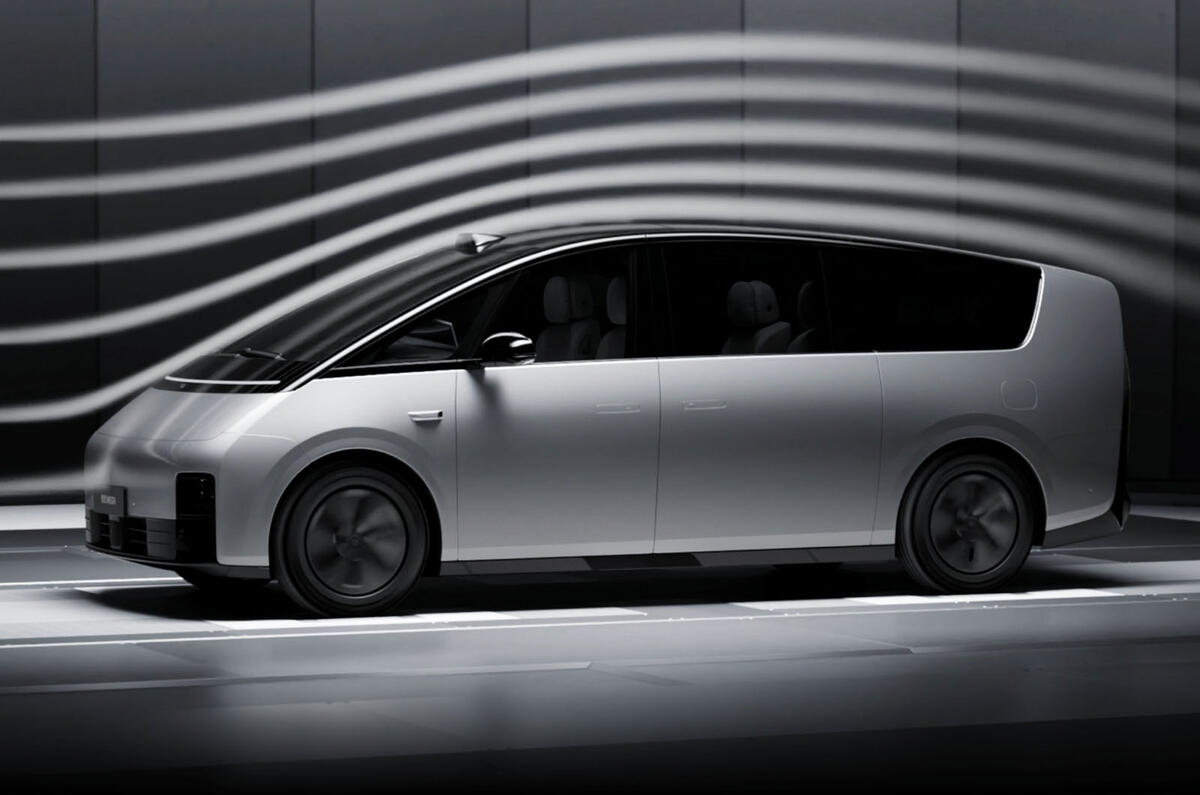The most eye-catching launch at the Guangzhou motor show last week was a slippery, 5.3-metre-long electric MPV called the Mega.
The car sharply divided opinion with its truncated nose and aero-optimised ‘wind blade’ that fused the body with the C-pillars to wrap around the back end.




Add your comment